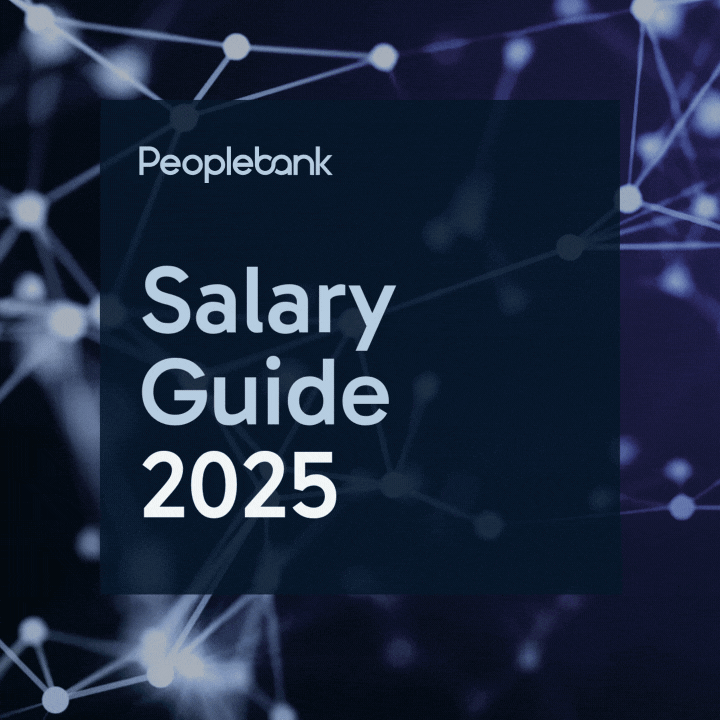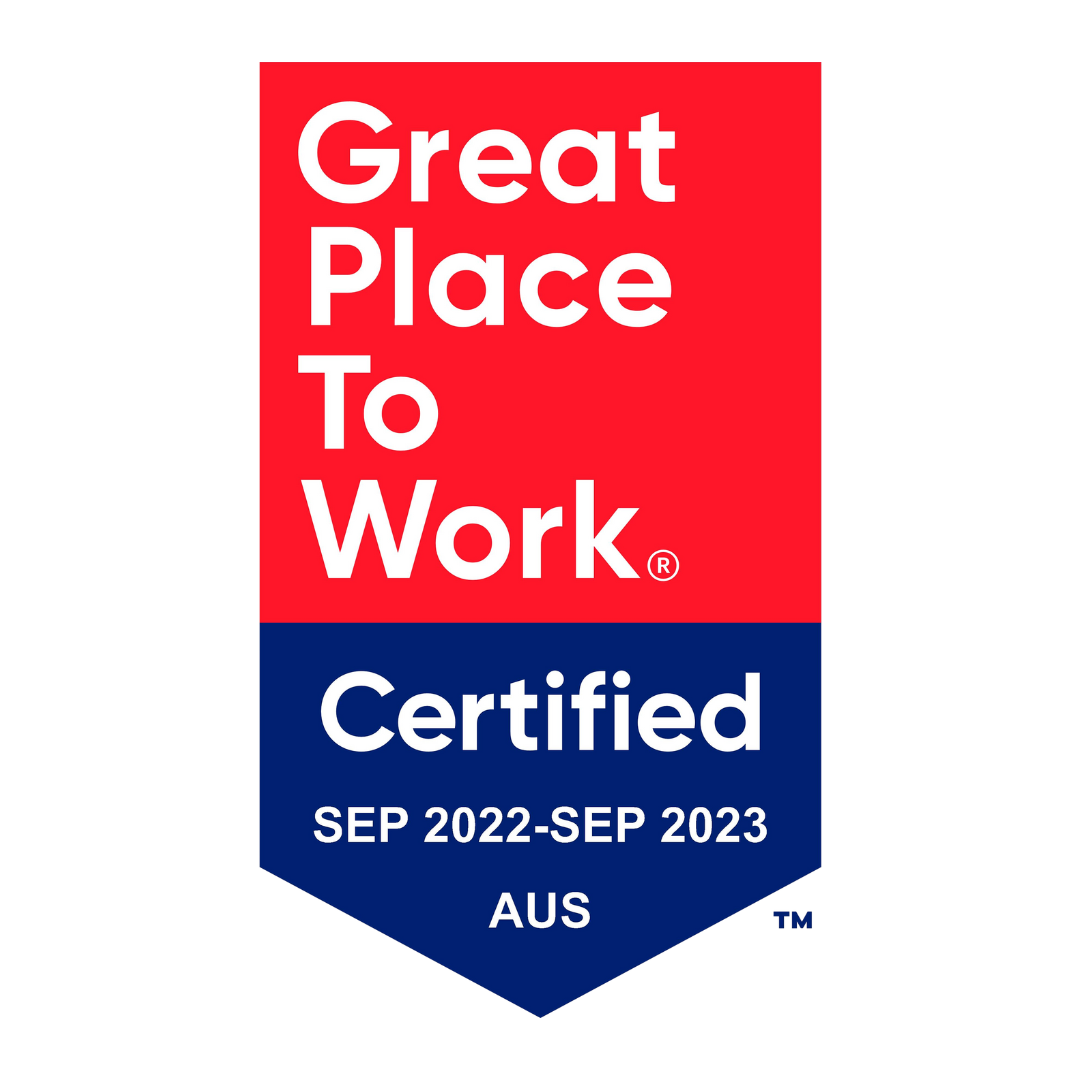The next steps to take after being made redundant
Being made redundant is a challenge for anyone whether it was voluntary or enforced. Either way, the first step is not to take it personally. You must remember it was the job or role that was no longer necessary in the business, not you. If you were fortunate, your workplace may have helped you sidestep into another role or offered an outplacement service. However, not everyone has these experiences.
Here are our tips for getting through redundancy by being proactive and productive.
Remain positive
Sometimes redundancy can leave people feeling alone and a little confused about what to do next. It can also leave a bitter taste in people’s mouths. But a job search with a bad attitude will never go well. Everyone, including potential employers, understands redundancy can be a scary thing, especially because it isn’t usually anticipated or planned. In saying that, it really pays to look at redundancy as a new opportunity. With this positive outlook you will find yourself more motivated to put plans in action. With plans in action and an attitude of new opportunity, you will find more success in your job search journey.
You could even reinvigorate your career path! Many people have been made redundant and found better, higher paying jobs or different roles that suit them and their skills more. In addition, finding new work at a different company that has a need for your role will feel good because you’ll know you’re adding value.

Set yourself a budget
You may have got yourself a lump sum upon departure from your old job, however, your spending habits will likely need to change and be harnessed during a period of time where you won’t be actively earning. Although it may be hard to think about, it’s important to be logical and account for a long job search period. So, set yourself a redundancy budget and stick to it as much as possible whilst on your job search journey.

Create a routine and plan
The most important factor to achieve throughout your redundancy is not to completely change your routine. Yes, you may not get up, get ready and head to work as usual, however, this is no excuse to sleep in and go about your day with no real plans. In the first week of being made redundant it can be helpful to pause for a moment, rest and get yourself into a good headspace. However, it’s also helpful to use this week to plan ahead and set yourself some micro-goals that you can work toward in the coming weeks. After a restful week of planning, it’s a good idea to wake up as usual, enjoy breakfast and then get stuck into your job search as you would get stuck into usual work.
Here is a simple to-do list that may help you start your plan:
To-do
- Update resume
- Update LinkedIn profile
- Reach out to friends, notify of situation
- Research jobs that match my skill set
- Set aside 1 hour a day to exercise
- Apply to at least # jobs today
- Practice interview skills
It’s important to keep active both physically and mentally to keep up with productivity. You may feel busier than actually working some days which may mean an easier day the next. But you should always do one thing a day that helps you achieve the goals you have set for yourself.

In the planning stage, you might also make time to upskill or retrain yourself to open up more opportunities. This doesn’t have to take up too much time but can be incorporated into your routine with online courses. It’s not always about going out and finding the exact same job you had, it can also be about expanding your horizons and stepping into new roles where you can apply your skills and learn more. This means to be aware while job hunting to not simply search for your previous job title but also other jobs that may include key skills and responsibilities you believe you can handle.
Work on your resume
As mentioned in the to-do list above, it’s vital to update your resume and your LinkedIn profile to include all relevant experience. We have a ton of blogs to help guide you in refreshing your resume, your online presence and how to re-brand yourself for a different career path.
Check them out here:
How to re-brand yourself for the role you want
The mistakes to avoid on your resume
How to manage your digital footprint during a job hunt
How to make your resume sound more human
5 simple tips to make your resume stand out
Network
Finally, you should use all the resources you possibly can. Including the people you know. You can network by catching up over coffee with old friends and colleagues or online through professional sites such as LinkedIn. Facebook can also be helpful to reconnect with people who might know someone that could help you out. Be sincere and honest in your interactions and let others know what kind of work you’re looking for. A survey from 2016 shows that 85% of jobs are filled via networking. We don’t imagine this number has significantly dropped since then. The old saying, ‘it’s not only what you know, but it’s also who you know’, often rings quite true.

And don’t forget to remain positive.






















